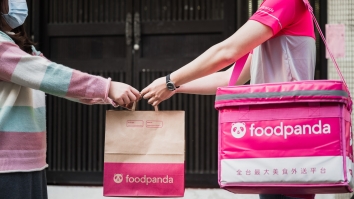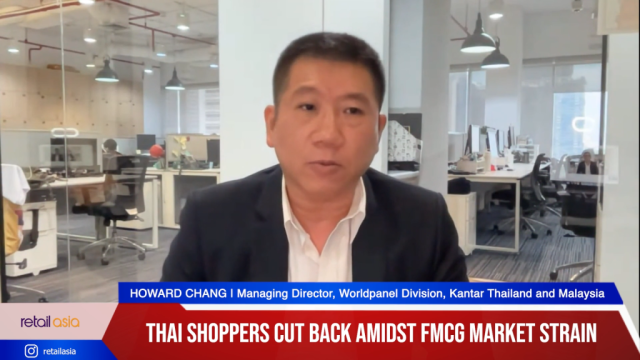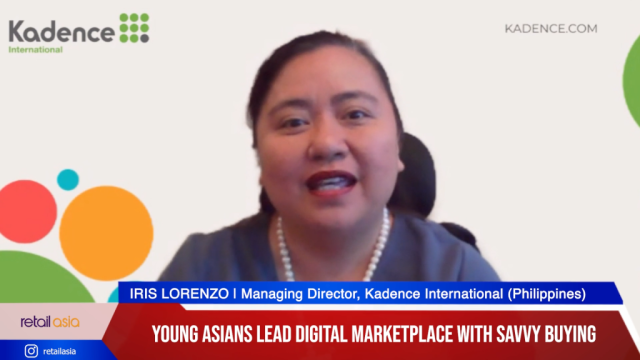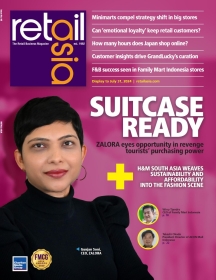Skincare dominates luxury beauty market in Southeast Asia
The luxury beauty market in Southeast Asia and India is experiencing rapid growth, propelled by increasing GDP per capita and a surge in consumer interest in luxury brands.
Skincare remains as the biggest part of the luxury beauty market for most of Southeast Asia, comprising more than 50 percent of the market share.
Jitha Thathachari, Group Head of Business Development, Strategy & Transformation at LUXASIA said that skincare products experienced a surge in market share during the pandemic along with haircare, while cosmetics suffered a decrease but is now bouncing back.
“So each market is different, but overall, skincare is the largest part of the market as well as hair care which is analogous or adjacent to skincare. Both of them grew very fast during COVID,” he said, “Skincare remains the largest part but depending on the country, you see different categories that are growing faster or taking a larger share.
He mentioned that there are some markets where fragrance has a bigger market share than most product categories like in Indonesia, where fragrance and skincare share roughly a third of luxury beauty.
“So it's very different by market, whether it's India, which is really like you know, 1000s of different pockets of consumer preferences, or Southeast Asia which is fragmented into so many markets, they are different from each other,” Thathachari said.
He also cited how the global pandemic introduced a twist in consumer habits, particularly in purchasing channels.
“Although e-commerce has penetrated many categories in the market, luxury beauty has remained, you know, away from that simply because it's a very experiential category, consumers like to experience the products that they want to spend money on. But during COVID, ecommerce went quite up and then there was a lot of push even in frequencies,” he explained.
Thathachari shared that as markets reopen and consumers return to physical stores, the e-commerce share in the luxury beauty category has witnessed a slight decline.
“As consumers return, e-commerce has come down as a share. But that doesn't mean that ecommerce isn't important anymore. I think what what brands are realizing and we as brand partners are seeing as well, is that it's not about consumers buying online or consumers buying offline, or in any specific sector channel, consumers want to see the same brand,” he said.
Thathachari emphasized that this integrated approach is further augmented by leveraging social commerce and focusing on enhancing the customer's lifetime value, keeping them engaged across diverse platforms and channels.
“It's important to meet the consumer where the consumer is, rather than expecting the consumer to go where you are as a brand. I think that's been the big shift post-COVID,” he ended.






















 Advertise
Advertise







